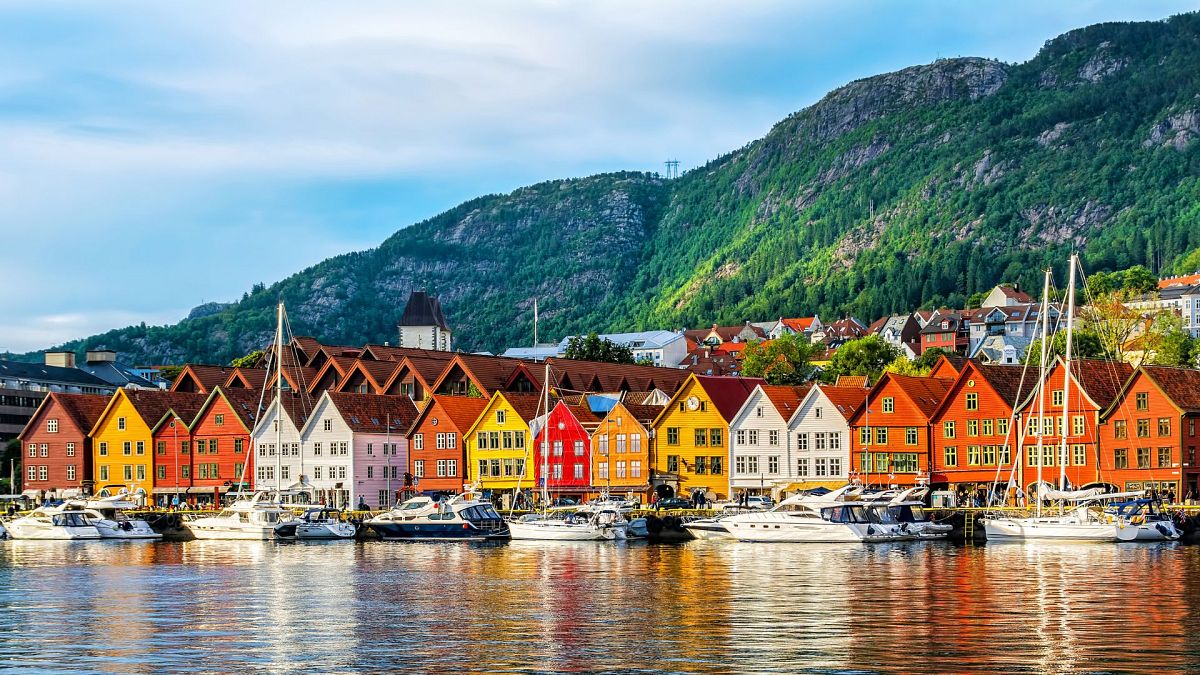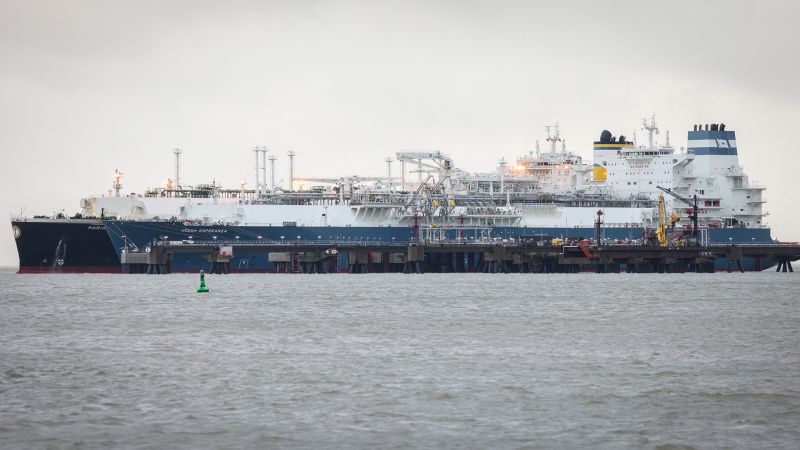World
Which European UNESCO sites are most at risk from extreme weather?

From prehistoric paintings to Swiss glaciers, these European World Heritage Sites are at risk from flooding and drought.
From the Swiss Alps to the Sydney Opera House, some of the world’s most iconic UNESCO World Heritage Sites could be wiped out by climate change, new analysis shows.
Flooding, coastal erosion, landslides, strong winds, extreme heat, storms and cyclones are just some of the climate-related hazards hitting iconic sites around the globe.
Climate risk data analytics company Climate X modelled how these will affect 500 such landmarks, identifying the top 50 most at-risk by 2050 if greenhouse gas emissions are not drastically cut.
A total of 17 European World Heritage Sites appear on the list, with flooding and drought being leading risks across the continent.
Sweden and France home to Europe’s most at-risk World Heritage Sites
Sweden’s Engelsberg Ironworks is the most at-risk site from climate change in Europe, coming in at number four on the world top 50 list due to the threat of surface and river flooding.
Dating back to the 17th century, it is recognised as an outstanding example of the European industrial complex and the best preserved example of a Swedish iron-working estate, which boosted Sweden’s prosperity over two centuries.
It’s closely followed by the Grotte Chauvet-Pont d’Arc in Ardèche, France, which comes in sixth place. Threatened by surface flooding and landslides, the decorated cave contains the earliest-known and best-preserved figurative drawings in the world, dating back as far as 32,000 years.
Which other European Heritage Sites face climate threats?
In 11th place, the Jungfrau-Aletsch region of the Swiss Alps narrowly escapes the top 10. Home to Europe’s largest glacier, it is at risk from river floods.
Similar threats are faced by the Zollverein Coal Mine Industrial Complex in Essen, Germany (12th place), while the Rjukan-Notodden Industrial Heritage Site (13th place) in Norway – which used hydroelectricity to manufacture nitrogen fertiliser – is at risk from surface flooding.
Founded in 1119, the Cistercian Abbey of Fontenay in France (17th place) could also be destroyed by surface flooding if greenhouse gas emissions are not cut.
Bulgaria’s Srebarna Nature Reserve (20th place) – a 600 hectare freshwater lake that is the breeding ground of almost 100 bird species – and the biodiverse Danube Delta in Romania (27th place) are both threatened by river floods.
Storms add to the risks faced by the medieval Historic Centres of Stralsund and Wismar in Germany (22nd) and the spectacular water gardens of Studley Royal Park in England (24th).
Also in the UK, various Scottish sites face climate threats, from coastal flooding at the remote archipelago of St Kilda (45th) to landslides at the 18th century mill village of New Lanark (44th).
Elsewhere, Norway’s Bryggen (31st) – Bergen’s historic harbour district – faces coastal flood and drought risks; Provins, Town of Medieval Fairs (32nd) in Champagne, France is threatened by river floods; and the West Norwegian Fjords (40th) and Spain’s Vizcaya Bridge (43rd) are both at risk from coastal flooding.
In 33rd place, Spain’s Doñana National Park also makes the top 50 facing multiple threats including drought and river, surface and coastal flooding.
Sites in Indonesia, China, Australia, Japan and India dominate the rest of the top 50.
‘A stark warning for governments, preservationists and the global community’
The loss of UNESCO World Heritage Sites, selected for their cultural or natural significance, would be a devastating blow – but the climate threats they face are already impacting communities and economies around the world, Climate X warns.
“Our findings serve as a stark warning for governments, preservationists and the global community to prioritise the safeguarding of our planet – to preserve our ancient monuments and our current assets and infrastructure – and to protect life today and into the future,” says the company’s CEO and co-founder Lukky Ahmed.
Climate X models the climate risk to real-world assets by creating digital twins, providing insights into the future that allow stakeholders to assess the impact of climate change on assets or real estate.










